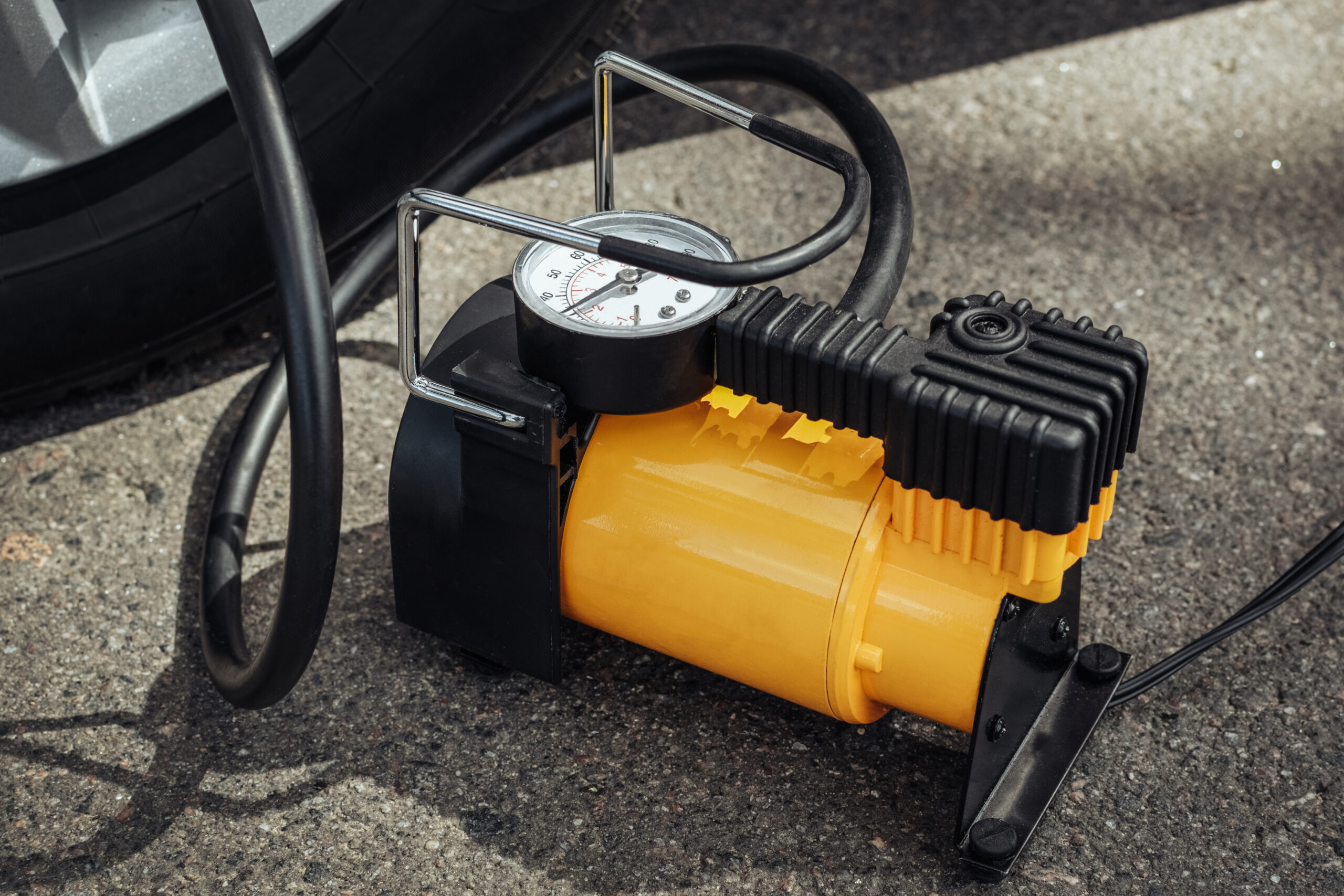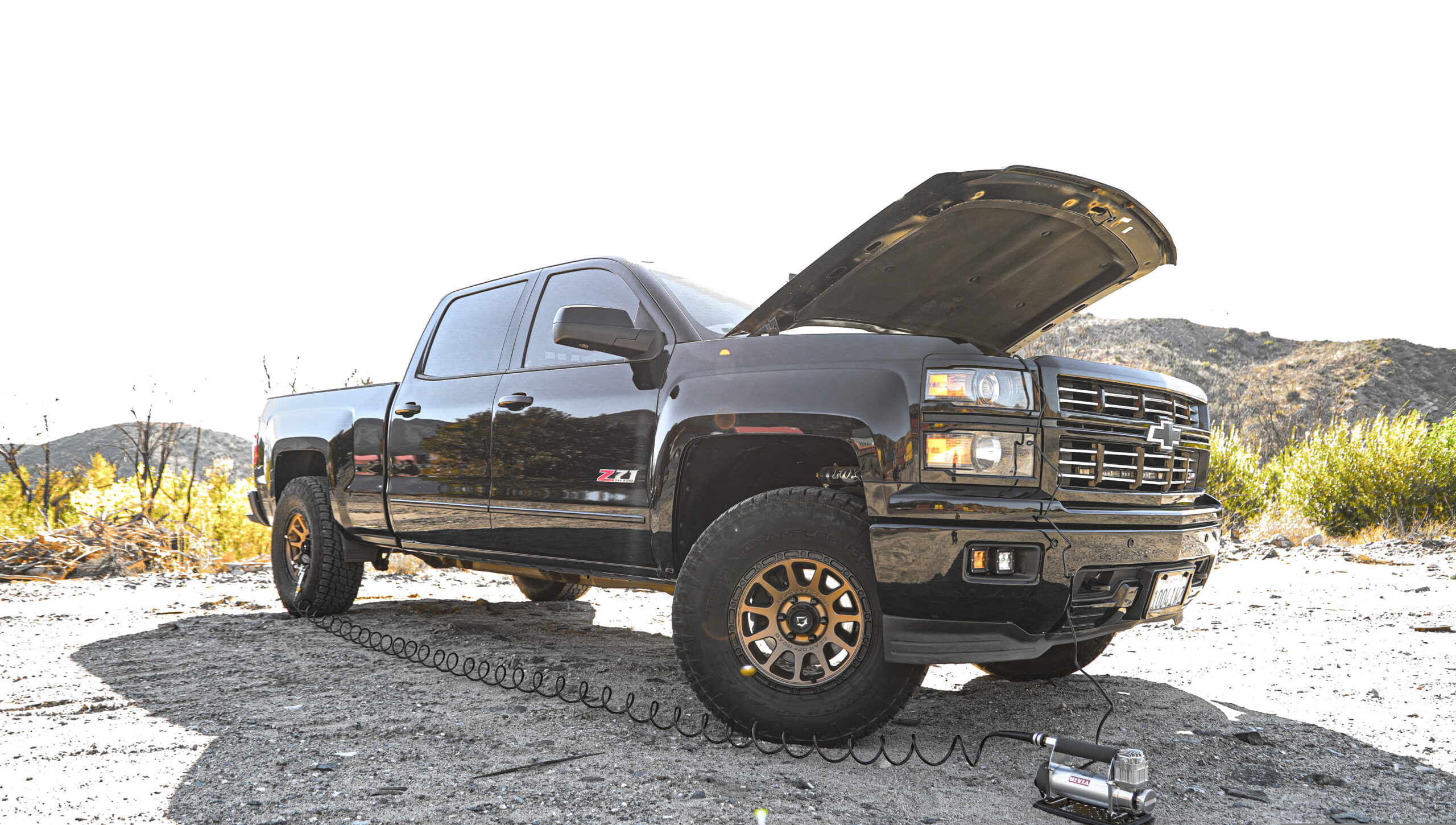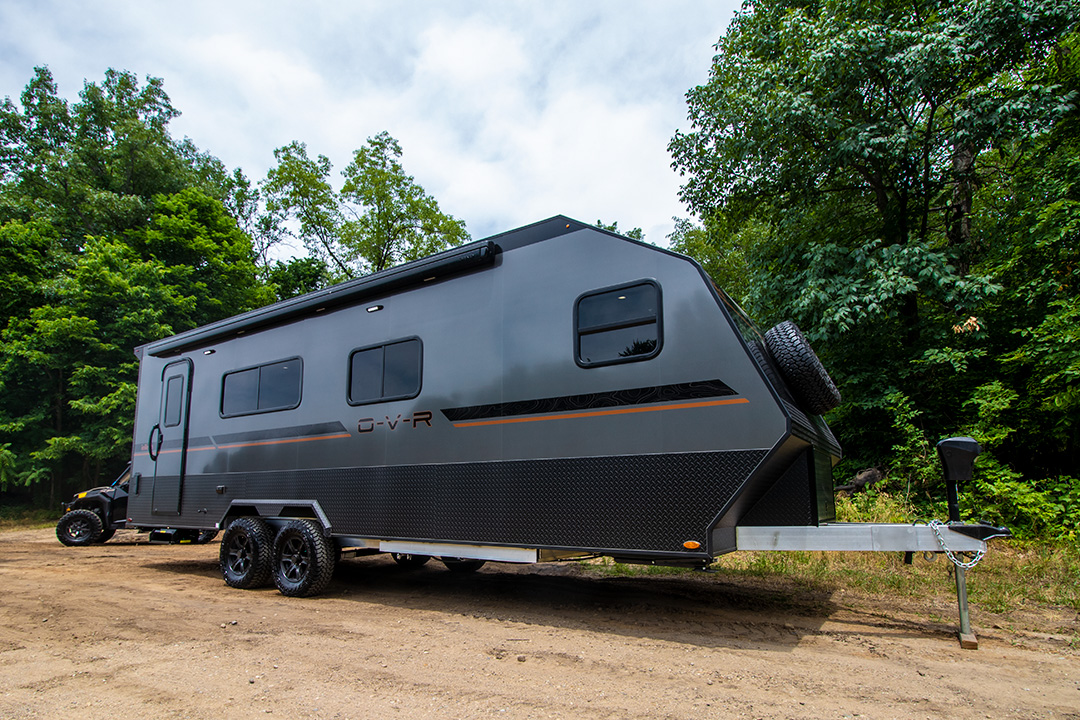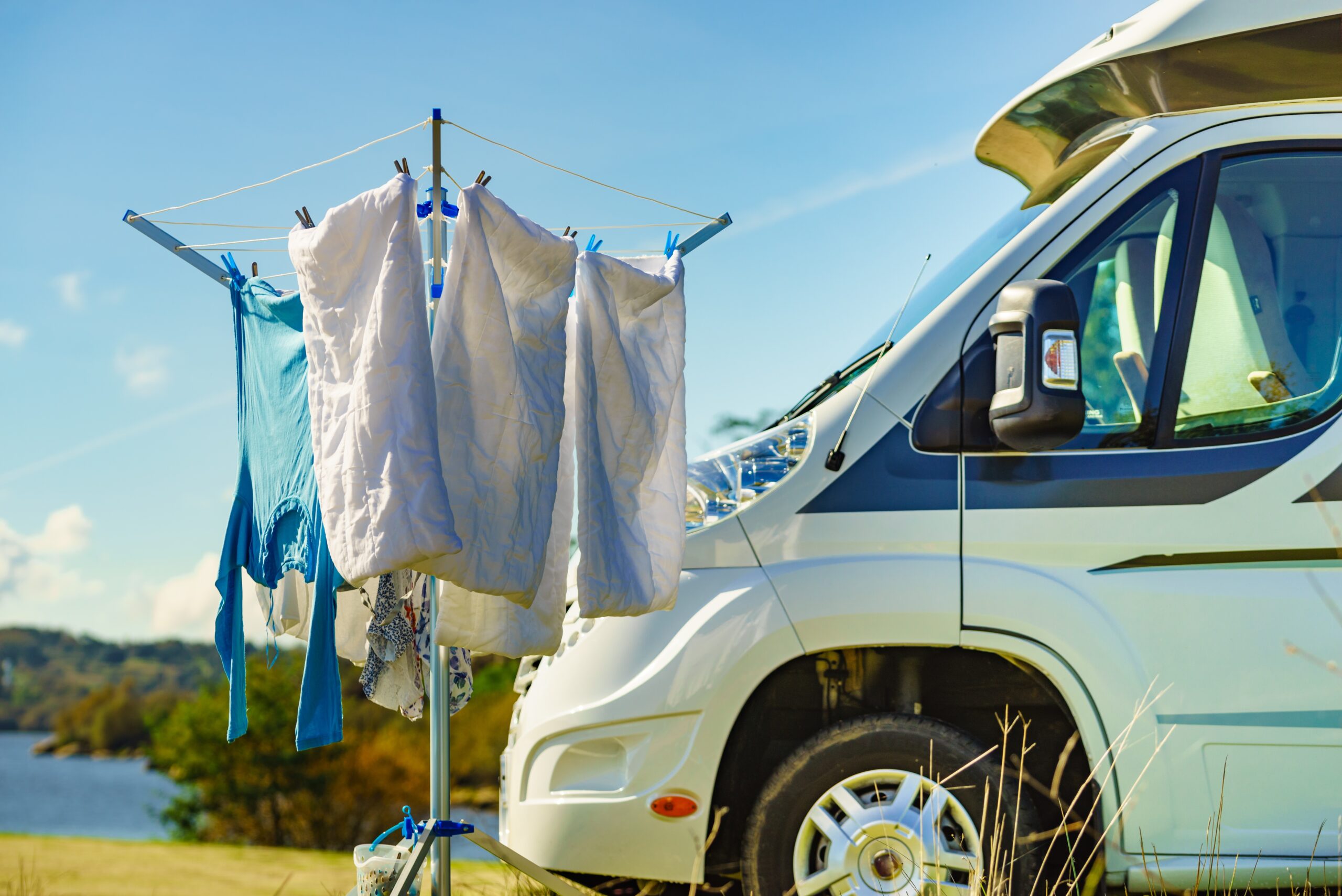
Yes, You Really Need a Portable Tire Inflator
As an RVer, you will eventually need a portable tire inflator. Here are 7 benefits of carrying a portable tire inflator with you in your travels.
1. Maintaining proper tire pressure
The obvious benefit to carrying a quality 12 volt, portable tire inflator is simply to put air into a tire which is less than the desired pressure (PSI).
You could go to a gas station and drop a few quarters into their air vending machine. However, tire manufacturers recommend that you measure tire pressure when your tires are cold and have been driven less than 4 miles. So having your own tire pressure gauge and portable tire inflator means you can accomplish that task in your campsite before heading out.
If you are going to drive to a gas station, then it is necessary to measure the pressure of each tire cold, note the pressure per tire, the amount of additional pressure needed per tire, drive to the gas station, re-measure the pressure of each tire, and then add the number of PSI you determined when the tire was cold to each tire.
This involved process may be why, according to report DOT HS 811 086, released April 2009 by the National Highway Traffic Safety Administration,
“….. about 28 percent of light vehicles on our nation’s roadways run with at least one under-inflated tire.”

2. Reducing tire pressure for a smoother ride and more traction when driving off pavement.
Reducing tire pressure by 25% on rough roads or soft sand will increase your comfort in the vehicle and decrease the chances of getting stuck.
A typical truck may need 35 psi on pavement, therefore decreasing the tire pressure by 8-10 psi would be appropriate. When returning to pavement, it is recommended that you do not drive more than a few miles without re-inflating your tires to the recommended pressure. For this reason, you will need a portable tire inflator to properly re-inflate your tires before driving on pavement.
3. Changing a flat tire
I woke up one morning camping in Narrows Campground on Greeley Lake, a Corp of Engineers Park in Arkansas, with a flat tire on my pickup truck. The tire had lost all its pressure overnight and was completely flat. That side of the vehicle was so low that I could not place my jack in the recommended location.
I first had to re-inflate the tire using my portable tire inflator, then place the jack, raise the tire off the ground, and replace it with my spare tire. If a tire puncture is not severe, you may be able safely re-inflate the tire and drive a short distance to a repair shop.
4. Repairing a tire puncture with a tire puncture repair kit
I use my pop-up truck camper to get into some remote backcountry places. There is no guarantee that one tire puncture will be the only tire puncture of the trip, therefore, I carry and have used a tire puncture repair kit.
After repairing the tire puncture later in camp, and re-inflating it, I can either remount it or retain it as a usable spare, just in case I get another flat tire before I’m able to get to a tire shop. The repair kit simply uses a plug to repair the puncture. I always have the tire repaired professionally once I return to civilization.
4. Adjusting and maintaining pressure in truck suspension air bags
Many owners of pickup trucks add aftermarket air bags such as Firestone Ride-Rite Air Spring Kits to the rear suspension of their trucks to level the rear end of the truck when towing a trailer or carrying a slide-in truck camper. These bags not only require additional air pressure when the load is added, but spontaneously lose air over time.
There is an on-board compressor option available, but some consider the additional $400 expense a bit much. You can also increase or decrease the psi in either bag to level the truck when carrying a slide-in truck camper.
5. Adjusting and maintaining bicycle tire pressure
I am a very infrequent bicycle rider, so my bike tires always need air before I go riding. The small hand pump I carry on my bike is adequate for a few psi, but I always seem to need much more than that.
6. Portable showers
There are a number of portable camp showers on the market and some DIY built showers which need to be pressurized, such as the Yakima 8004100 Road Shower.
These units will either heat themselves in the sun, or one simply fills it with hot water and then adds 65 psi via a Schrader air valve. The air pressure supplies the water pressure to give the user a nice hot shower.
7. Add an air blow gun for various cleanup uses
I drive lots of dusty dirt roads in my truck camper. The air blow gun attachment for my portable tire inflator gives me the ability to blow dust from various items after a long dusty drive.
Selecting a portable tire inflator
When choosing a portable tire inflator, you should consider the following criteria:
Size of the unit, inflation time, tire rating, duty cycle, length of hose and power cable, and maximum pressure.
Some inexpensive units may be fine for one small passenger car tire. But those will quickly overheat, shut down or burn out if you were to inflate multiple truck tires.
I carry a Viair 88P portable tire inflator in my truck camper. It’s small, affordable, 120 psi maximum pressure, and rated for tires up to 33 inches.
See also:



